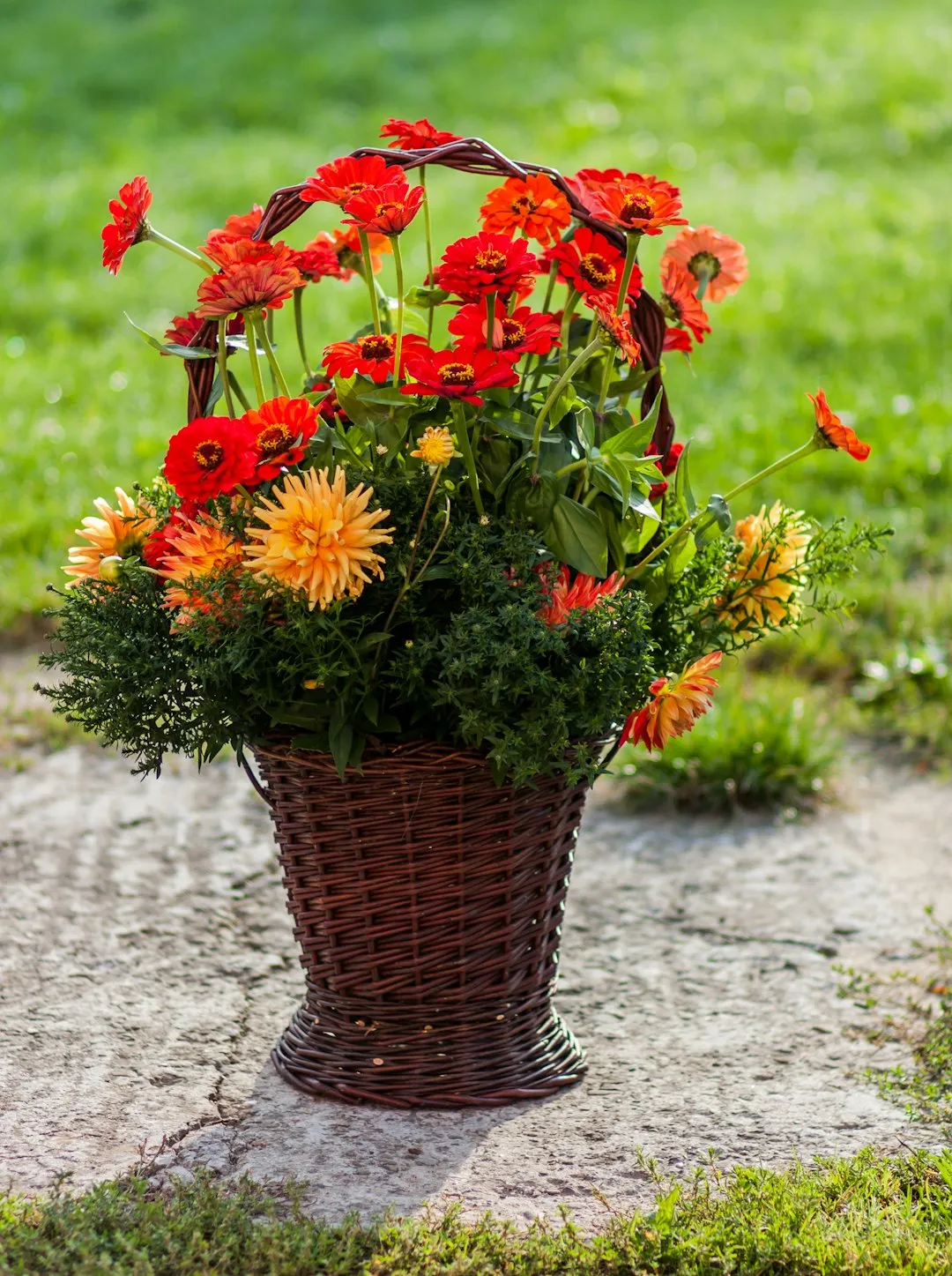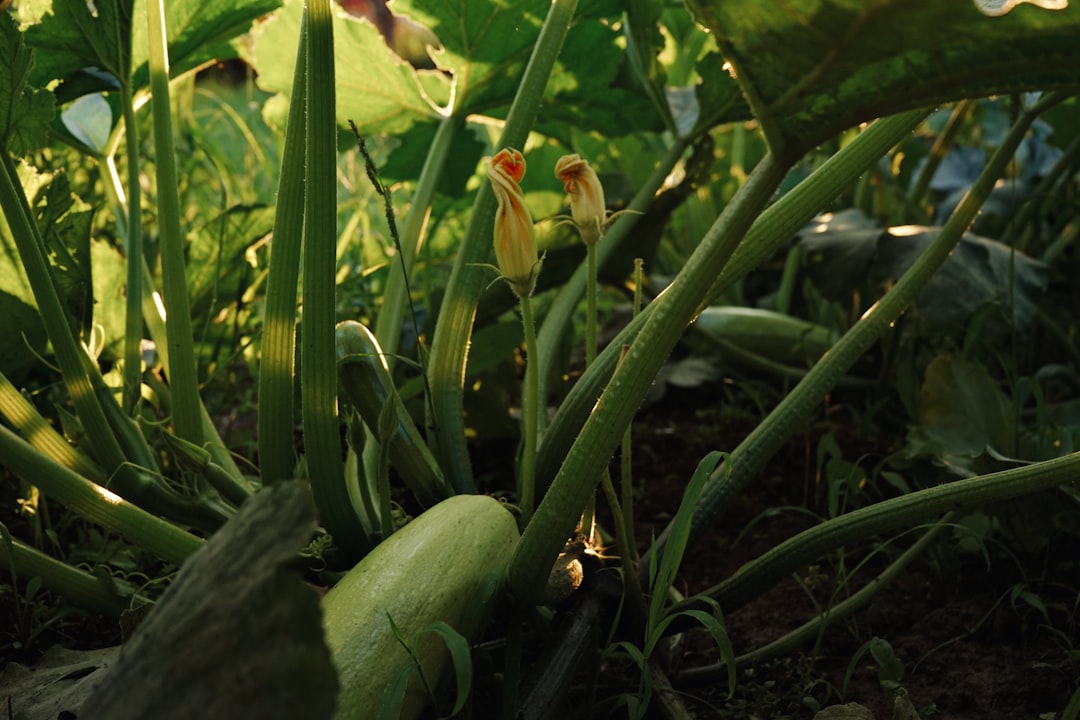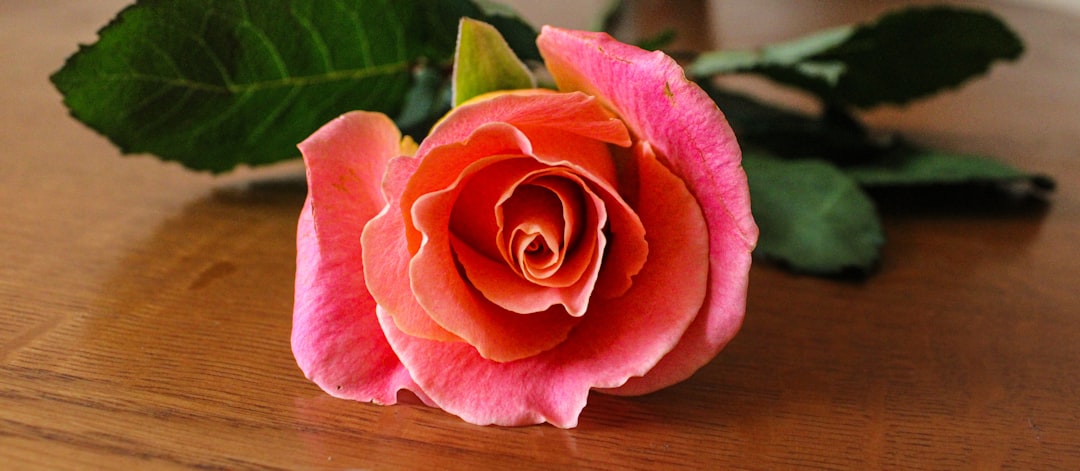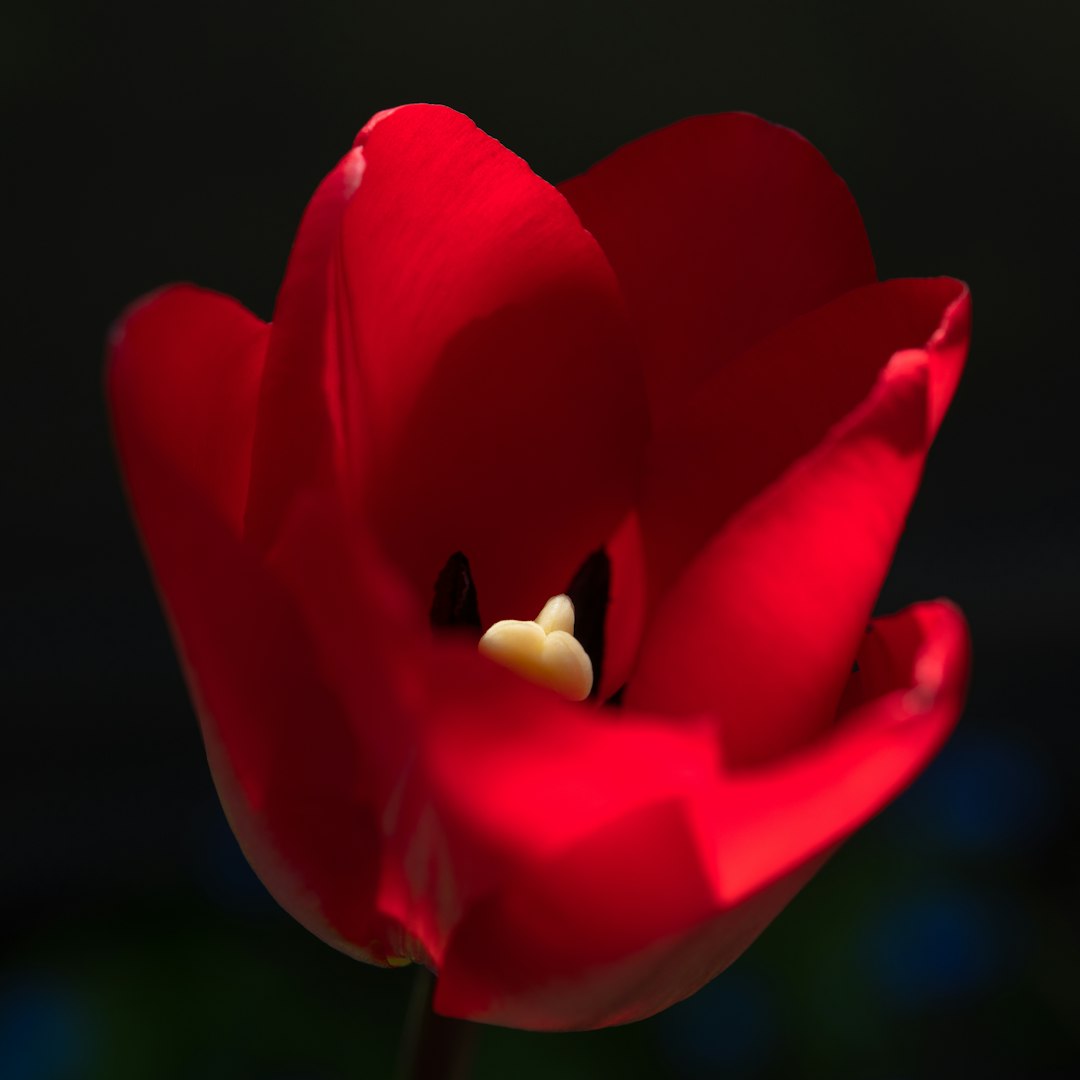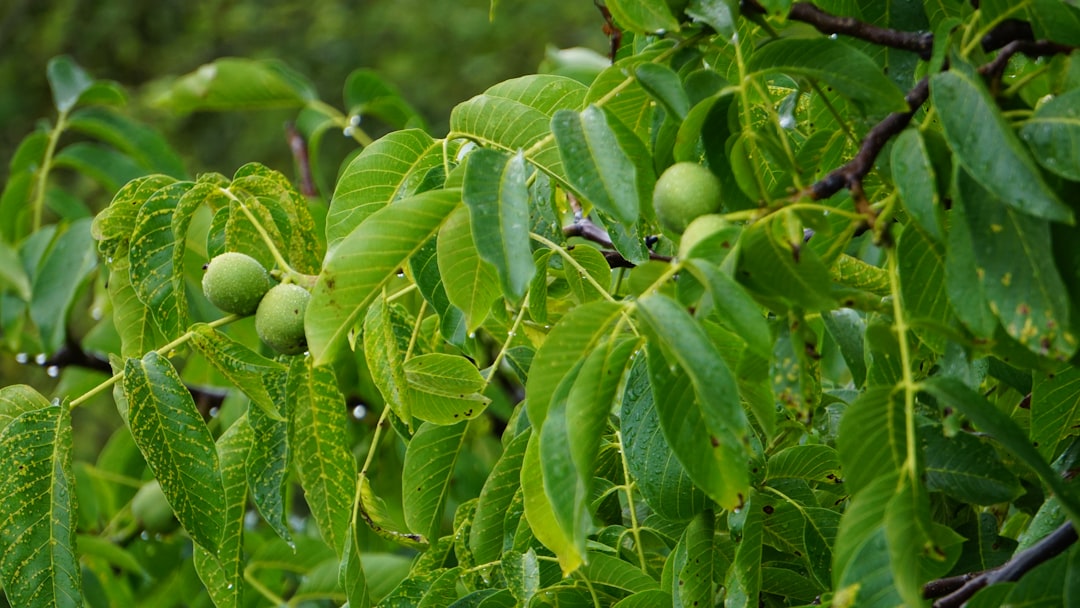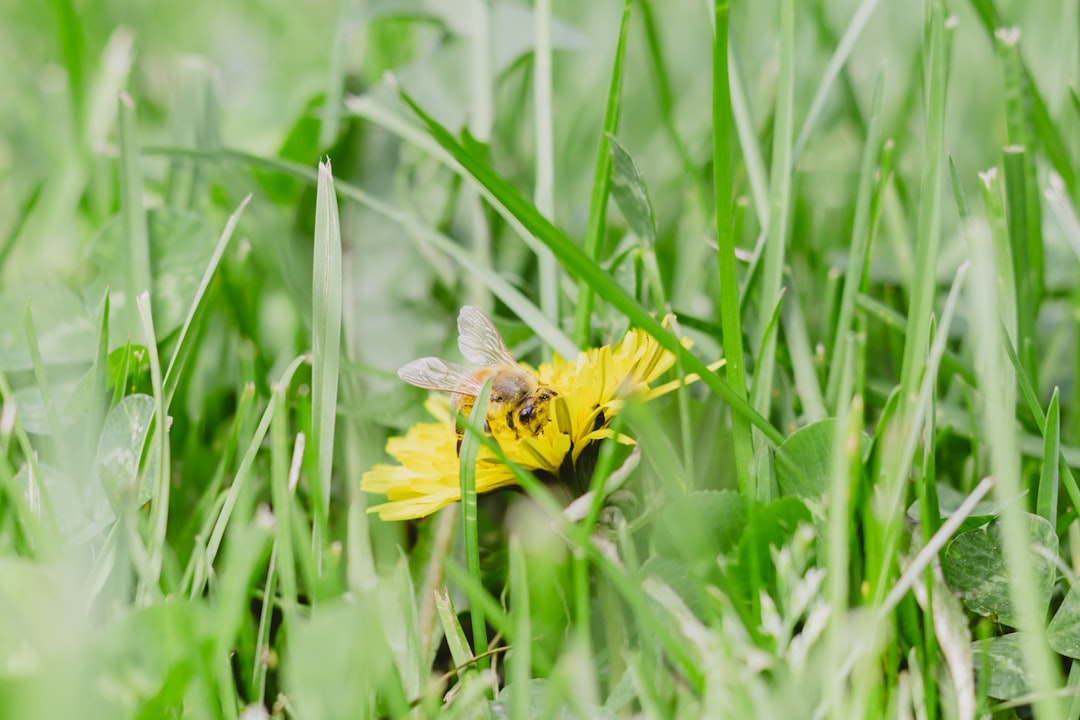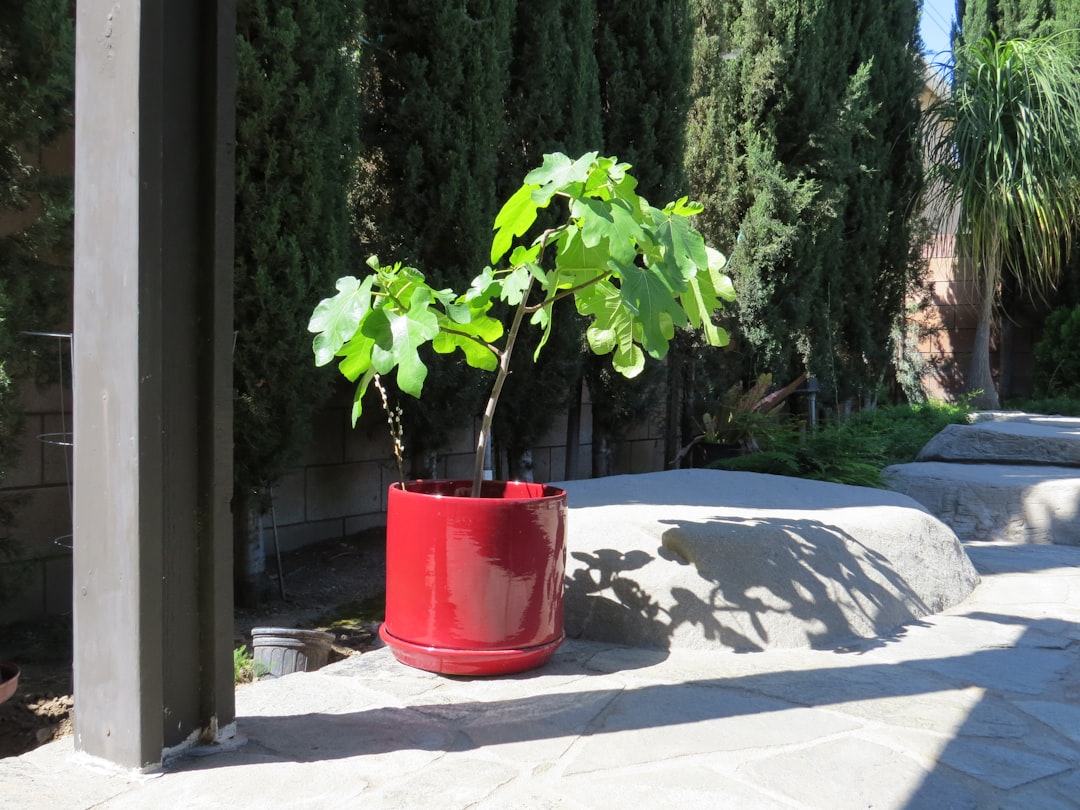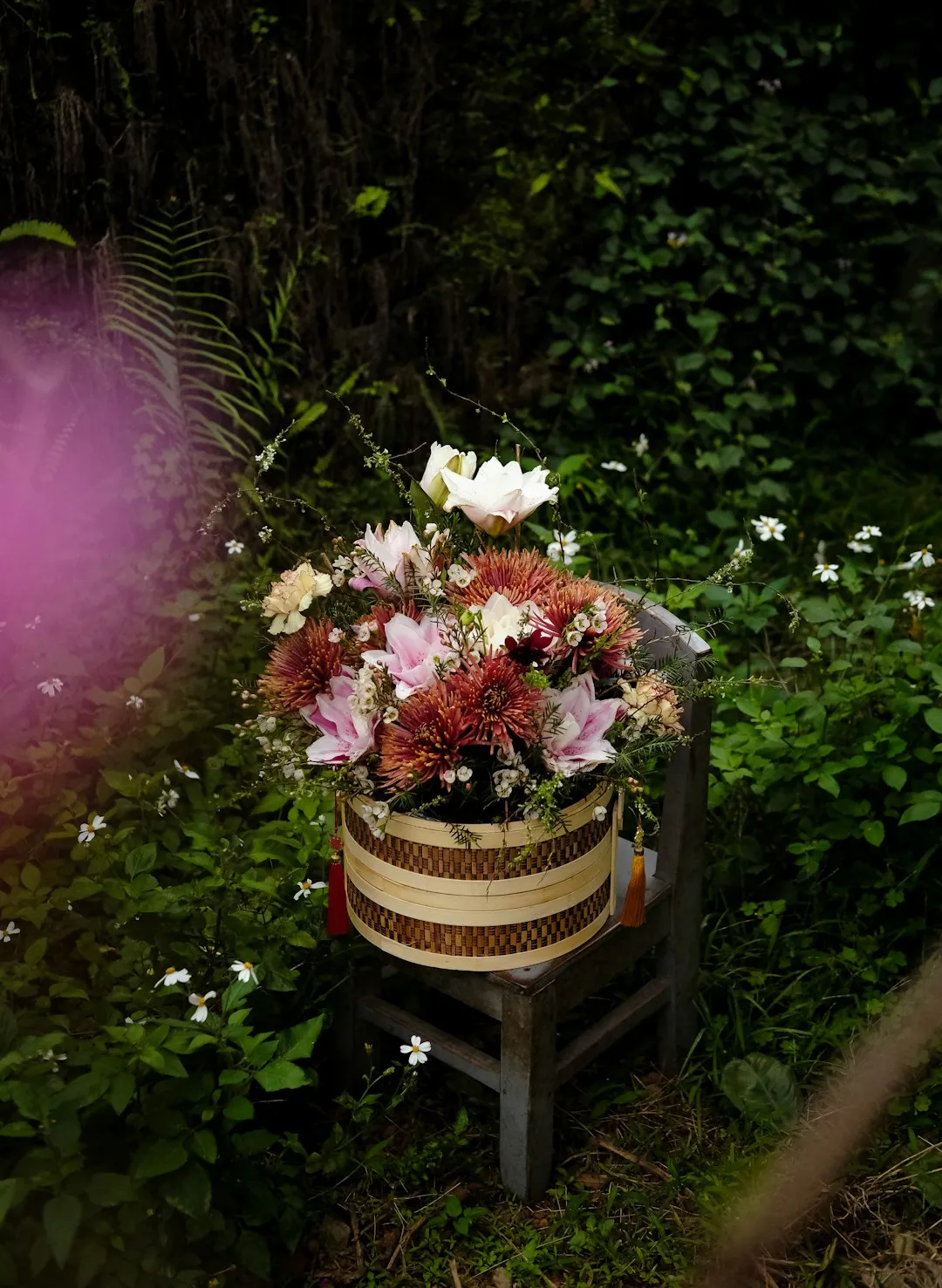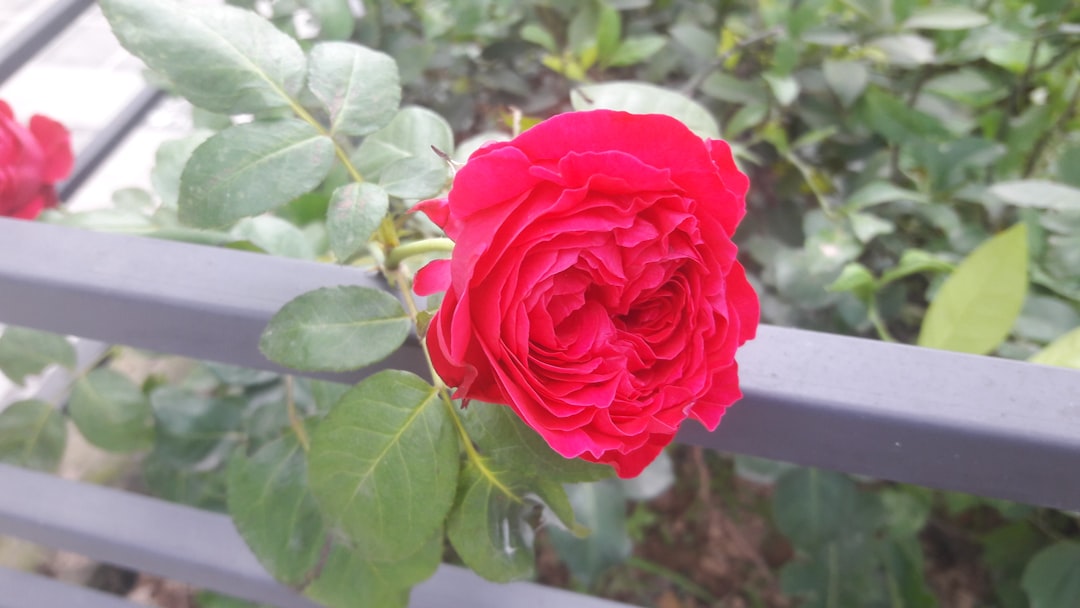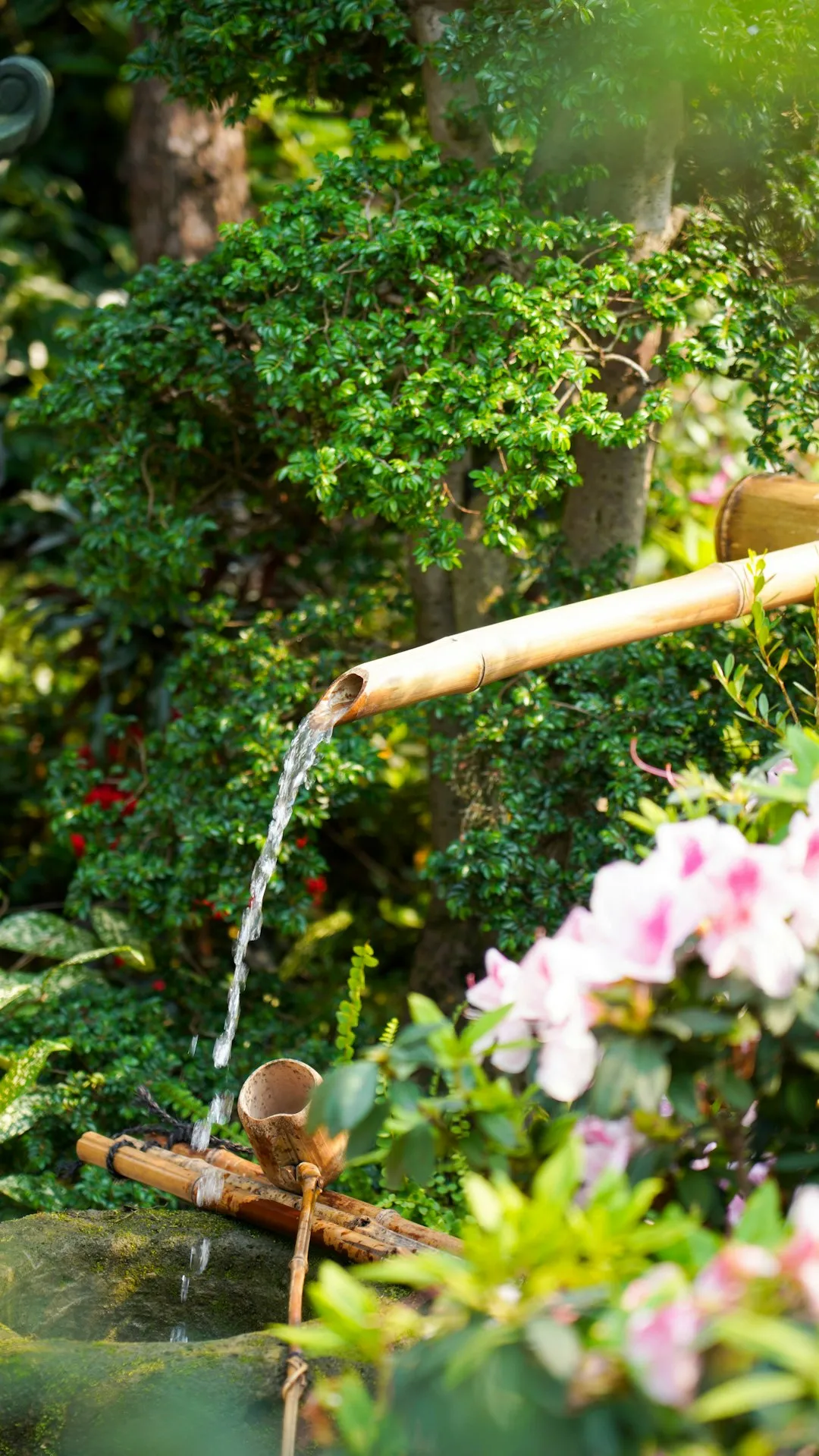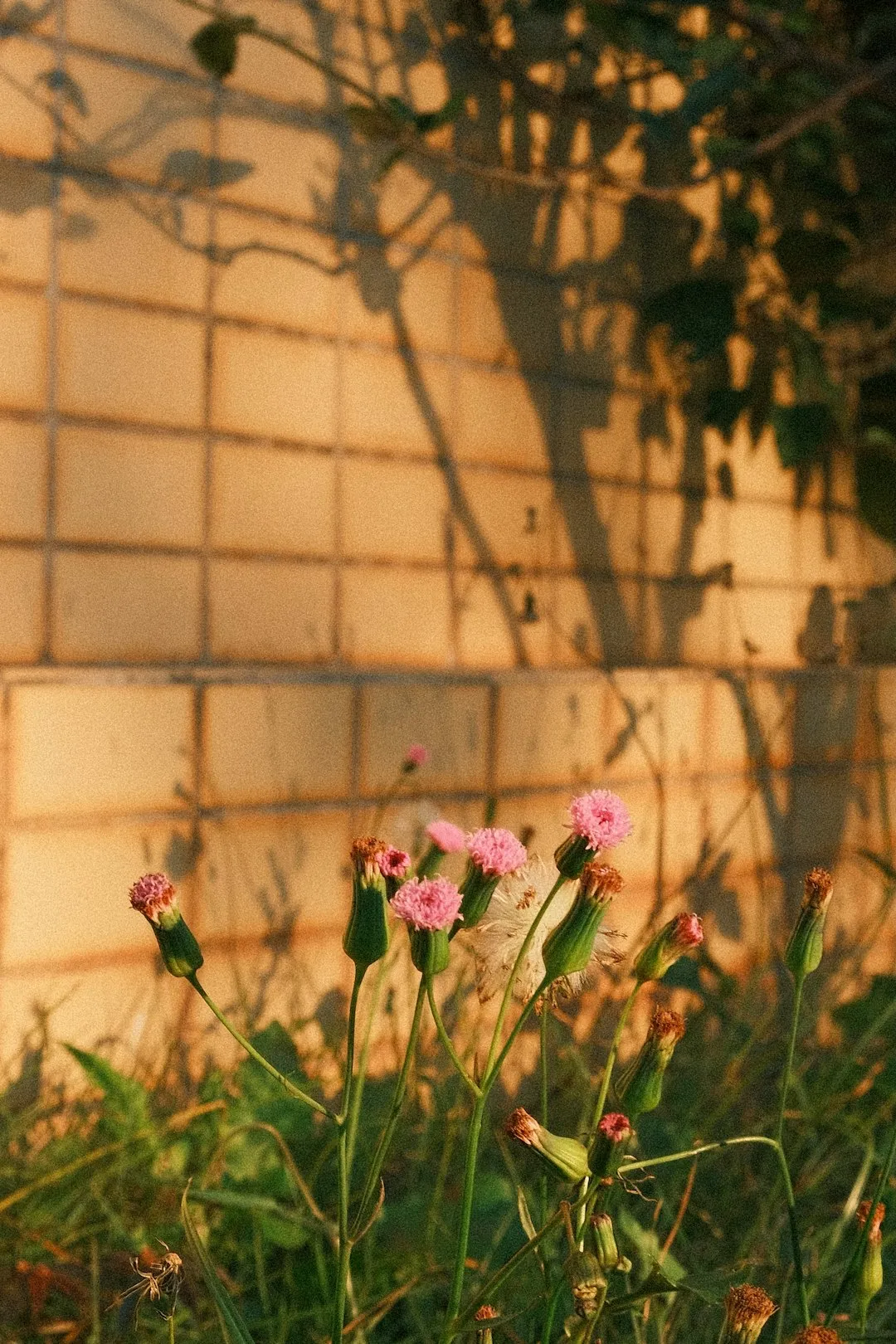When it comes to gardening, one of the most rewarding tasks is taking care of your rose bushes. Pruning faded roses is not only essential for the health of the plant but also plays a crucial role in shaping the bush and ensuring abundant blooms in the future. In this guide, we'll explore some tips and techniques for snipping those faded roses effectively.
First and foremost, it's important to understand the right time to prune your roses. Generally, the best time to remove faded roses is after they have started to wilt. This is usually a few days after the petals begin to fall. Pruning at the right time helps the plant redirect its energy towards new growth and future blooms.
Before you start snipping, make sure you have the right tools. A sharp pair of pruning shears is essential. Dull blades can crush the stems, making it harder for the plant to heal and increasing the risk of disease. Look for pruning shears with a clean, sharp edge that can make a clean cut through the stem.
When you're ready to start pruning, locate the faded rose on the bush. Follow the stem down to the first set of five leaves. This is where you'll make your cut. Using your pruning shears, make a clean cut at a 45-degree angle, just above the set of five leaves. This angle helps water run off the cut, reducing the risk of rot.
It's also important to remove any dead or diseased wood from the rose bush while you're pruning. This helps improve the overall health of the plant and prevents the spread of disease. Look for stems that are black, brown, or brittle, and remove them at the base of the plant.
Another tip for pruning faded roses is to thin out the bush. Overcrowded branches can prevent air and sunlight from reaching the inner parts of the plant, increasing the risk of disease. Remove any weak or crossing branches to improve air circulation and allow more sunlight to reach the remaining branches.
After you've finished pruning, it's a good idea to clean up the area around the rose bush. Remove any fallen petals, leaves, or stems, as these can harbor pests and diseases. You can also apply a layer of mulch around the base of the plant to help retain moisture and suppress weeds.
In addition to pruning, proper fertilization is also important for the health and growth of your rose bushes. Use a balanced fertilizer specifically formulated for roses, and follow the instructions on the package for application rates and timing. Fertilizing regularly helps provide the nutrients your roses need to produce healthy foliage and abundant blooms.
Watering is another crucial aspect of rose care. Roses need regular watering, especially during hot, dry weather. Water deeply at the base of the plant, rather than overhead, to prevent the leaves from getting wet and reducing the risk of disease. Aim to keep the soil evenly moist, but not waterlogged.
Finally, don't forget to monitor your rose bushes for pests and diseases. Common rose pests include aphids, spider mites, and thrips, while diseases such as black spot and powdery mildew can also affect the health of your plants. Regularly inspect your roses for signs of pests or diseases, and take appropriate action if necessary. This may include using insecticidal soap or fungicides, or simply removing infected leaves or branches.
By following these tips for snipping faded roses and providing proper care for your rose bushes, you can enjoy a beautiful, healthy garden full of vibrant blooms. Remember, gardening is a rewarding hobby that requires patience and dedication, but the results are well worth the effort. So, grab your pruning shears and get started on creating the garden of your dreams!




